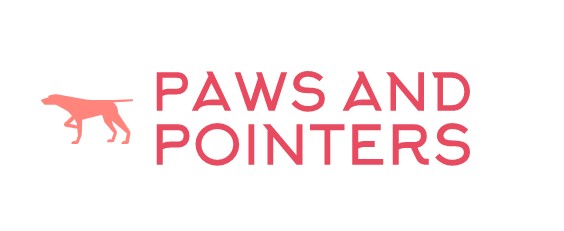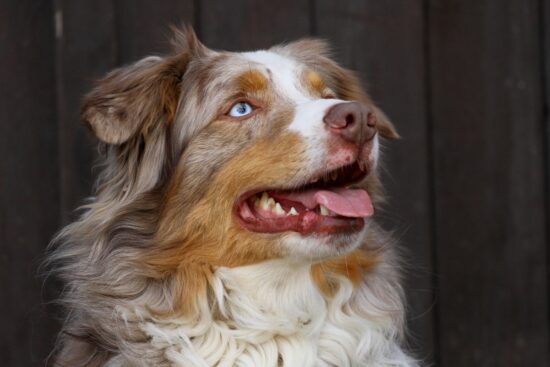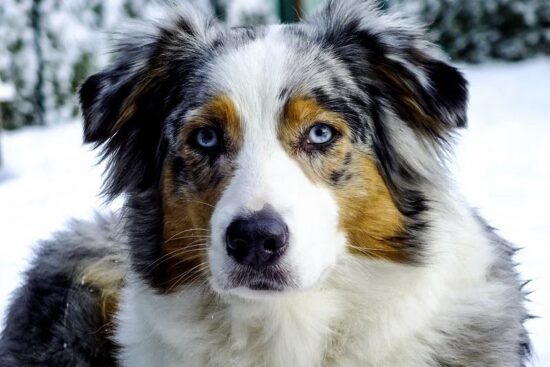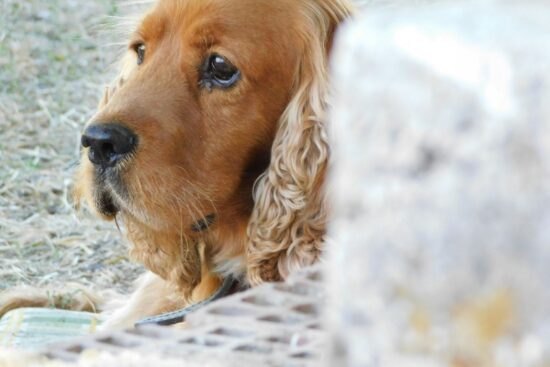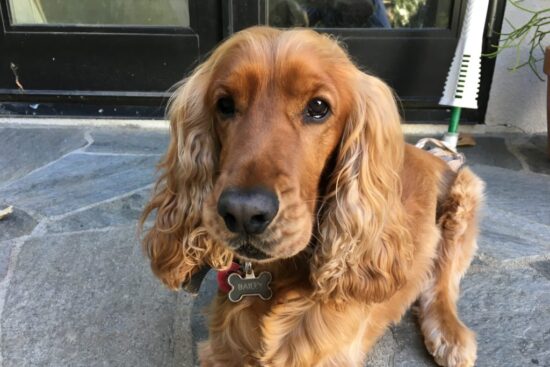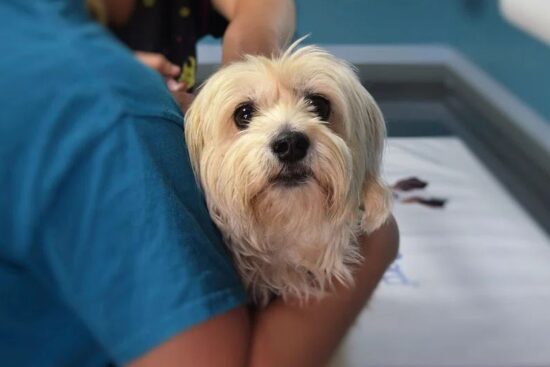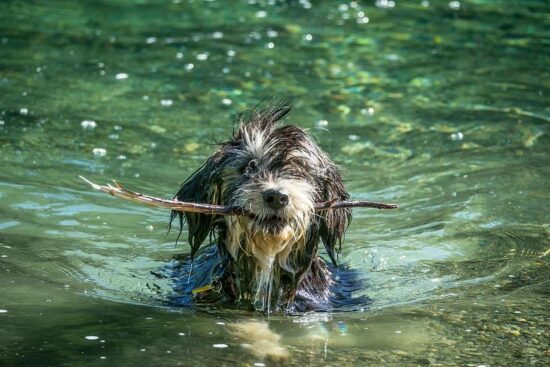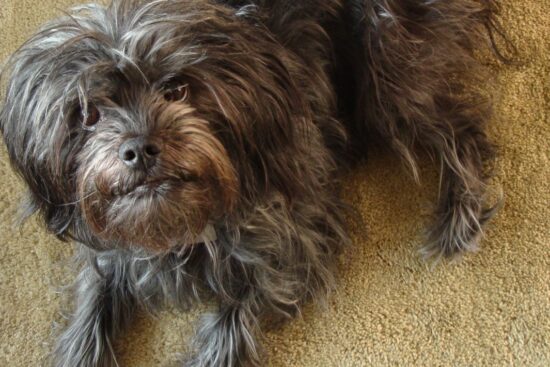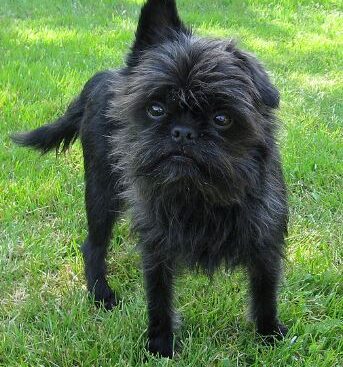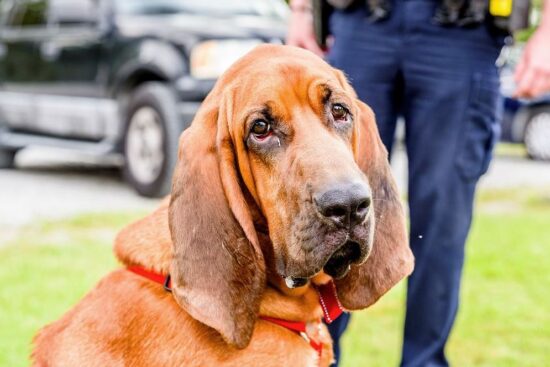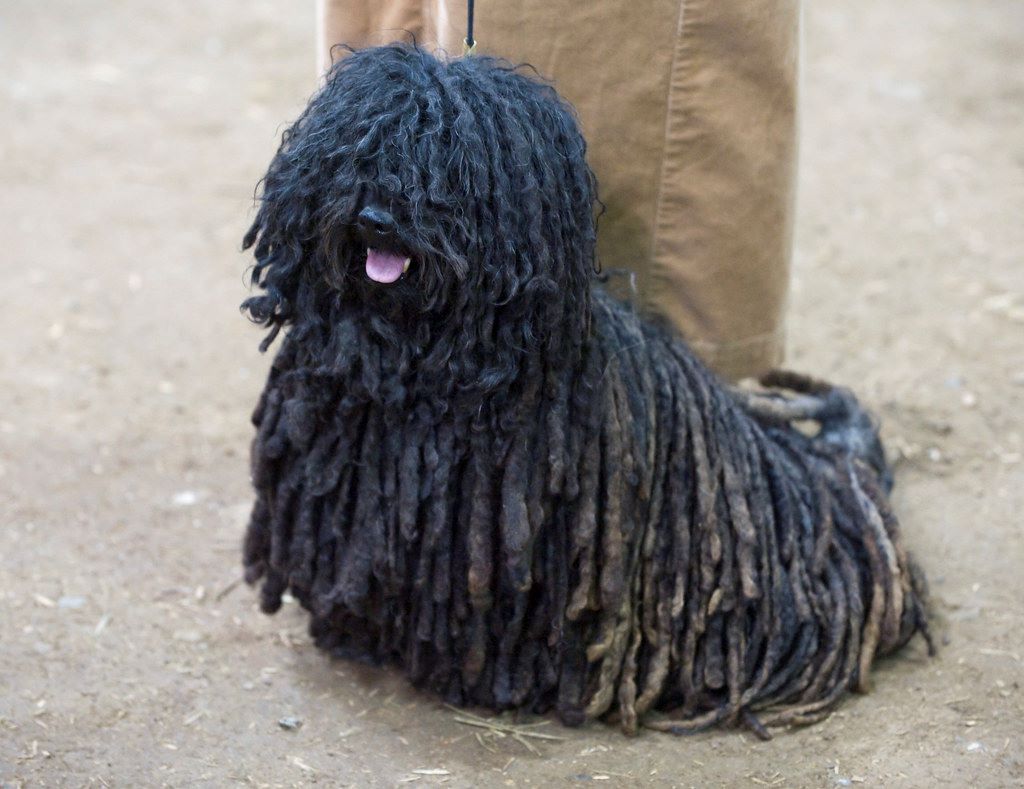
The Hungarian Puli, with its distinctive corded coat and lively personality, is a captivating and ancient herding breed that hails from Hungary. Let’s explore the key characteristics, history, and care tips for this one-of-a-kind canine companion.
Origins and History of the Hungarian Puli
The Hungarian Puli has a rich history dating back over a thousand years. Bred by Hungarian shepherds to herd and guard livestock, these dogs are known for their exceptional herding instincts and agility. Pulis were highly valued for their ability to navigate the challenging terrain of the Hungarian countryside.
Hungarian Puli Physical Characteristics
One of the most recognizable features of the Hungarian Puli is its unique corded coat. This dense, weather-resistant coat forms naturally as the puppy grows, creating long, cord-like strands. Pulis come in various colors, including black, gray, and white. They have a sturdy and muscular build, with a curled tail resting over their back.
Temperament of a Hungarian Puli
Known for their intelligence and quick wit, Hungarian Pulis are lively, alert, and energetic dogs. They are deeply loyal to their families and possess a strong sense of independence. Pulis are natural problem solvers and are often described as having a sense of humor. Their boundless energy and playful nature make them excellent companions for active individuals or families.
Hungarian Puli Herding Instincts
Given their herding background, Pulis have a strong instinct to herd. They are agile and excel in various dog sports and activities. While they may attempt to herd their human family members, early training and socialization can help channel this instinct appropriately.
Exercise Needs for a Hungarian Puli
Hungarian Pulis are an energetic breed that requires regular exercise to keep them happy and healthy. Daily walks, playtime, and engaging activities, such as agility training, provide both physical and mental stimulation. Despite their lively nature, Pulis adapt well to different living environments, including apartments, as long as they receive sufficient exercise.
Hungarian Puli Grooming Requirements
The unique corded coat of the Hungarian Puli requires specific grooming care. Regular separation and maintenance of the cords are necessary to prevent matting. Additionally, Pulis benefit from routine grooming tasks such as ear cleaning, dental care, and nail trimming.
Health Considerations for a Hungarian Puli
Overall, Hungarian Pulis are a hardy and healthy breed. However, like all breeds, they can be prone to certain health conditions such as hip dysplasia and progressive retinal atrophy. Regular veterinary check-ups and a balanced diet contribute to their overall well-being.
Dogs Similar to the Hungarian Puli
The Hungarian Puli is a fascinating breed, known for its distinctive, corded coat. While the Puli’s look is one-of-a-kind, there are a few other breeds that share some traits—and even a bit of history— with this mop-like wonder.
- Komondor: The Komondor is the Puli’s larger, livestock-guarding cousin. These imposing white dogs also have corded coats and originate from Hungary.
- Bergamasco Shepherd: This Italian breed sports a coat formed of flat mats or flocks rather than cords, but the overall visual effect is quite similar. Bergamasco Shepherds were bred for herding and guarding work.
- Spanish Water Dog: While not as heavily corded, the Spanish Water Dog does have a curly coat that can form tight cords. They have a herding background and a playful, active temperament.
Conclusion
In conclusion, the Hungarian Puli is a charming and lively herding breed that brings a touch of history and character to any household. With their unique appearance, intelligence, and playful demeanor, Pulis make excellent companions for those who appreciate their distinct qualities and are willing to invest time and care into their grooming and exercise needs.
